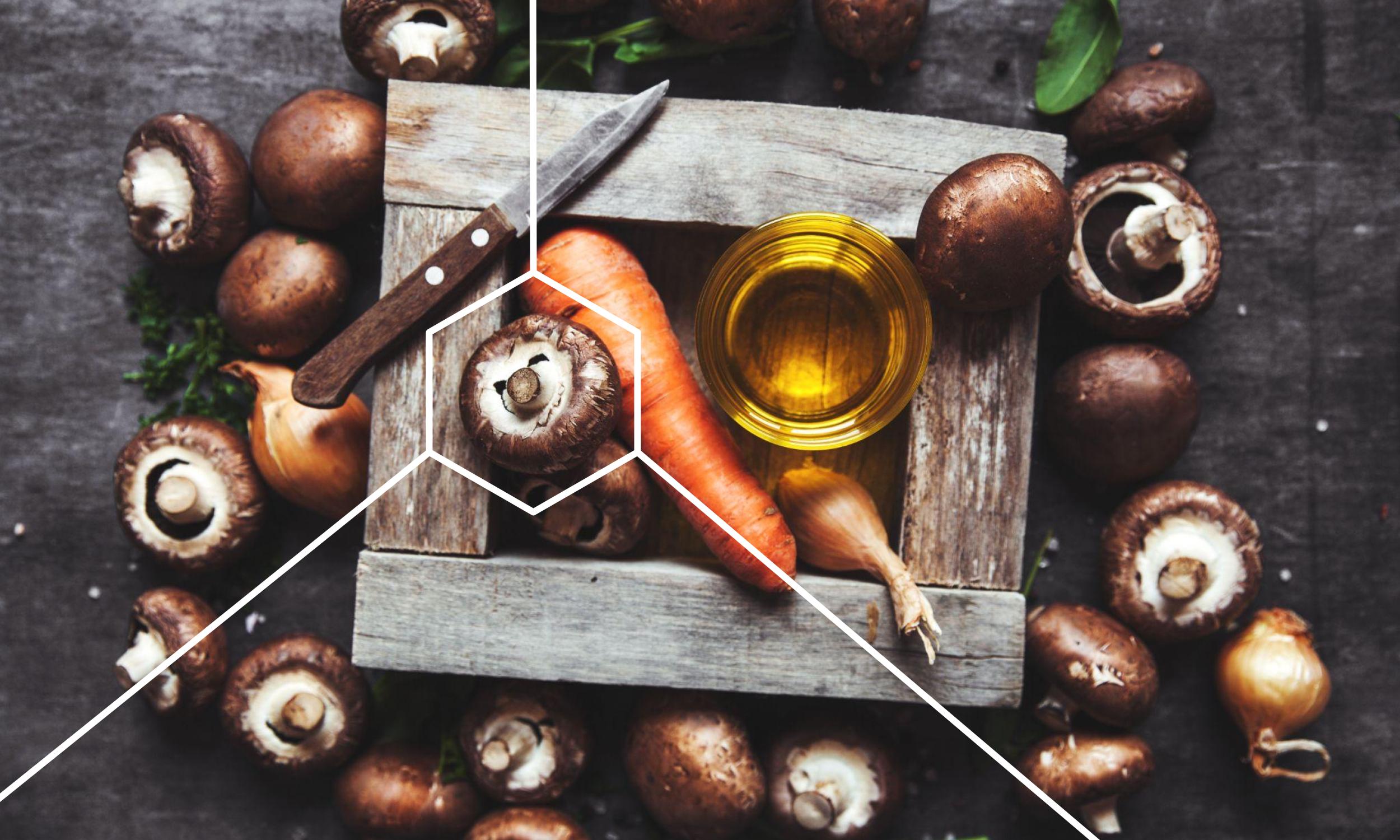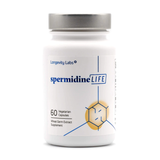
If you’ve ever heard the term “polyamine,” you probably have wondered what it is and what it does. Polyamines are naturally occurring compounds that are found both in humans and plants, and one of the similarities between plants and humans is that both want to live as long as possible. Polyamines play a large role in the aging process, and they are vital to cellular health. Present in almost all cells, polyamines are produced by organisms during metabolism. Let’s dig more in-depth into polyamines.
What is a Polyamine?
A polyamine is considered to be a compound that contains at least two amino groups, l-methionine, and l-ornithine. Low molecular weight polyamines have been found in all forms of life. Natural polyamines include triamine and tetraamine, spermidine, and spermine. There are also synthetic polyamines, which are used in the research laboratory and chemical industry. The biological function of polyamines are only partially understood. They bind to DNA in their cationic ammonium form and have been shown to enhance the permeability of the blood-brain barrier.
Polyamines have been shown to be powerful and potent anti-inflammatories and antioxidants that protect cellular components from oxidative damage. The antioxidant effect of polyamines is due to a combination of their anion and cation binding properties. Binding polyamines to anions contribute to a high concentration at the cellular sites that are particularly prone to oxidation. Binding to cations prevents the generation of singlet oxygen.
Where Do You Find Polyamines?
Now that you know what they are, you may now be wondering, “where are polyamines found?” They are found in all eukaryotic cells, where they help with a variety of cell processes, including cell proliferation. Polyamines can be found in every mammalian brain as naturally occurring in plants. Polyamines can be synthetic, natural, and biological. Some foods, including chicken and potatoes, contain large amounts of spermidine, a polyamine.
In plant-based products, the polyamine spermidine is found in abundance. When you consume plant-based products that contain polyamines, you can increase the number of compounds found in the blood. An increase in polyamines also provides anti-inflammatory benefits while increasing autophagy, the process of cellular renewal.
Examples of Polyamines
Some examples of polyamines include spermine, spermidine, and putrescine. They are all involved in the biological process of cell differentiation and proliferation and also have antioxidant properties. Polyamines that are consumed affect the intestinal and immune system development. Polyamines contain antioxidants and provide anti-inflammatory effects, which can help prevent cardiovascular diseases. Although there are no recommendations for a daily amount of polyamines, when the body is going through stages of rapid cell growth, polyamine requirements are increased.
Polyamines can be found in wide ranges of concentrations in all types of foods, with spermine and spermidine naturally occurring in various amounts. In animal-derived foods, spermine content is higher, whereas spermidine occurs in higher levels in plant-based products. The forms that polyamines exist in include free, non-covalently conjugated, or covalently conjugated. Perchloric, acid-soluble polyamines and perchloric, acid-insoluble polyamines are covalently conjugated forms of polyamines.
What Are Polyamines in Plants?
With all of your information about polyamines, your question now may be, “are polyamines found in plants?” Polyamines are mostly present in their free forms as putrescine, spermidine, and spermine as the main forms of polyamines in plants. They are very involved in flower development, fruit maturation, and development.
After plants go through vegetative growth, they enter a period of reproductive growth where leaf bud tissue changes to flower bud tissue, and then develops into a floral organ. Polyamines help with growth regulation, and studies have shown that polyamine synthesis inhibitors can affect flower bud differentiation. Adding exogenous polyamines to poorly flowering plants has been shown to promote their flowering response.
In plants, spermidine has been found to help regulate plant growth by assisting in the transcription of RNA. Due to various mechanisms of action, spermidine is considered to be a longevity agent in mammals as it assists in the autophagy process of the cells. Plants that have higher levels of spermidine include legumes, corn, soy, and wheat germ.
How Are Polyamines Formed?
Required for growth in almost all cells, polyamines are especially important in the gastrointestinal tract where cells only live an average of 72 hours. Cell proliferation provides a continual renewal of the epithelium of the gastrointestinal tract. Four sources supply polyamines to the gastrointestinal epithelial mucosa: new synthesis in cellular renewal, absorption of dietary polyamines in the lumen, absorption of polyamines from intestinal villous cells of the lumen, and synthesis in villous cells through mucosal circulation. In the human gut, after a meal, polyamines appear and then disappear from the lumen.
Normal cell growth happens in a cyclical manner by increasing and/or decreasing specific proteins. There is an early peak of ODC followed by an increase in polyamine content and then a second increase prior to mitosis. Polyamines show changes through the cell cycle. When you consume food and supplements that are high in polyamines like spermidine, the body will absorb the nutrients and assimilate them, providing the body with many benefits.
Is A Polyamine The Same As Spermidine?
Your next question may be, “is a polyamine the same as spermidine?” Spermidine is a polyamine that is a precursor to other polyamines such as spermine. Spermidine is important as it synchronizes a wide array of cellular processes, helping to maintain membrane potential while controlling intracellular volume and pH. Spermidine is a longevity agent in mammals, as it promotes autophagy of cells. At the molecular level, autophagy is the main mechanism, but research has shown that it also works as an anti-inflammatory, helps with lipid metabolism, and regulates cellular processes from growth to death.
Regulating plant growth as well as assisting in the RNA transcription process are some of the responsibilities of spermidine. Spermidine is a precursor to thermospermine and spermine, which promote resilience in plants.
Foods Highest in Spermidine?
Consuming foods high in spermidine can be an excellent way to help the body in the cellular renewal process. Some of the foods that contain high levels of spermidine include wheat germ, fresh green pepper, broccoli, cauliflower, and soybeans. Some cheeses, such as aged cheddar, naturally contain higher levels of spermidine. Mushrooms, chicken liver, rice bran, peas, mango, and chickpeas all contain good amounts of spermidine as well.
The endosperm of the grain contains the highest levels of spermidine. Consuming whole grains can be a great way to maximize your ingestion of spermidine. Eating a nutrient-dense diet can be very helpful in the body getting spermidine naturally. However, most people don’t eat enough of these high-quality foods to make a huge difference.
Supplements Can Help
Although it’s important to consume a high-quality, nutrient-dense diet, often it’s not enough for your body to get all the vitamins and minerals it needs. To consume more spermidine to help your body with the cellular renewal process, you can take a supplement to ensure you’re getting enough. Fuel your body with good quality food and supplements, and it will treat you well!







